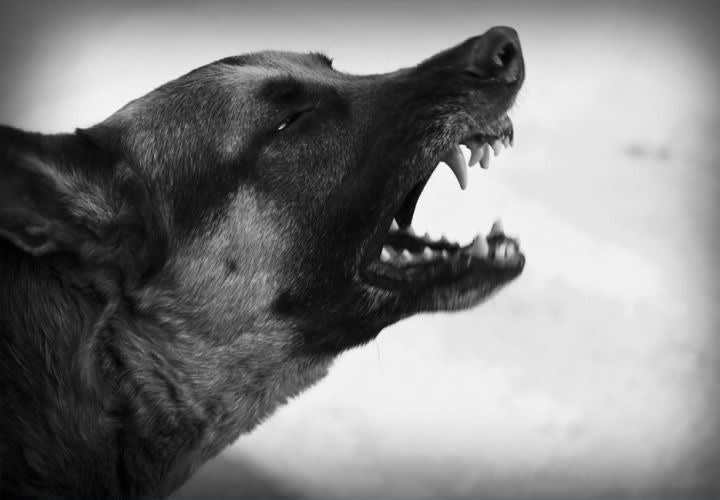This is neither a criticism nor indictment of those who shoot dogs. Very often there is no choice except to shoot. However, I also believe that more and better training and tools would reduce the number of dog OISs. It's time for LE agencies to recognize that today's society is increasingly critical of LE use of force, except as a last resort.
Whenever another "family/friendly" dog is shot by LE, the condemnation by critics is immediate. I believe the days of the "just shoot them" policy are over. And if we don't solve the problem, someone from the outside will do it for us.
Given the mounting criticism leveled at LE for shooting dogs, the time has come for LE agencies to explore alternatives to deadly force, except when absolutely necessary.
Current and past alternatives that have been tried - with varying degrees of success - include TASERs (effective), pepper spray (semi-effective, with side issues), batons (mostly effective if properly employed), Co2 fire extinguishers (highly effective, but bulky to carry). There are other counter-measures, to include the old-fashioned "boot kick" and placing obstacles between yourself and the dog.
All methods have their pros and cons and varying degrees of effectiveness. Whatever counter-measure you use, you must believe in it and become proficient using it. Including with firearms. Simply put, you need to hit what you're shooting at. With fast-moving, attacking dogs, this requires "icy" accuracy, up to and including contact shots in some cases.












